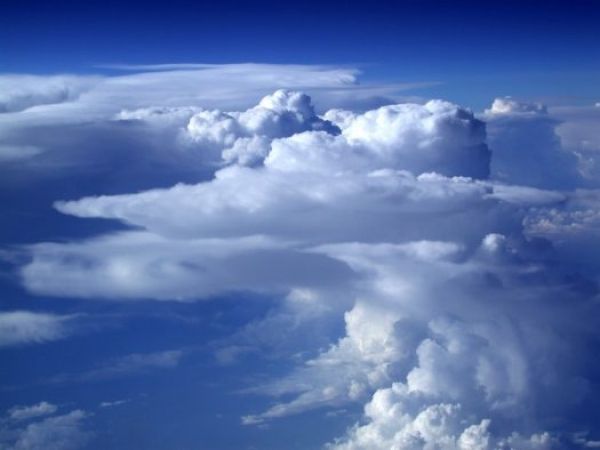Take a look at the clouds, if there are any in your sky right now. If not, here are a few examples. Watch the billows, the white lofty tufts set against the blue sky. Or, depending on your weather, watch the soft grey edges smear together into blended tones that drag down through the air to the ground.
They’re an inspiration to most of us, but a nightmare for climate scientists. Clouds are exceptionally complex creatures, and that complexity makes it difficult to predict how and where they’ll form – which is unfortunate, since those predictions are essential to understanding precipitation patterns and how our climate will change in the future.
But University of Utah researchers may have found a way to greatly reduce the difficulty of predicting formation of clouds. The results, published today in Journal of Geophysical Research-Atmospheres could fill a key gap in scientists’ understanding of how climate change may play out.
“We used simple thermodynamics,” says atmospheric sciences professor Tim Garrett, “to predict that there should be many small clouds and few large clouds in proportions that obey simple mathematical laws.”
Continue reading at University of Utah.
Image via NASA.


